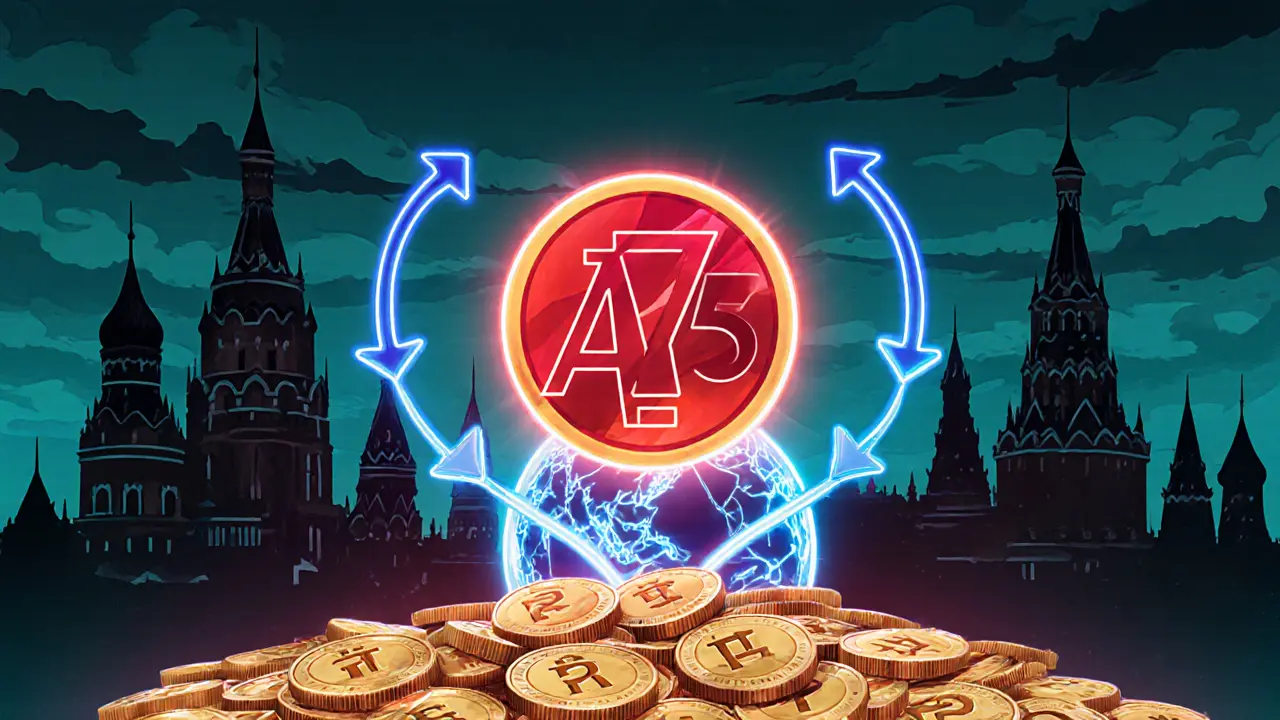Crypto Sanctions: How Governments, Exchanges, and Users Navigate Restrictions
When dealing with Crypto sanctions, government‑imposed limits that block or restrict the use, transfer, or trading of digital assets to meet foreign‑policy goals. Also known as digital asset sanctions, it shapes almost every move you make in the crypto world. Operation Final Exchange, Germany’s 2024 crackdown on 47 Russian no‑KYC exchanges that were used to dodge sanctions showed how quickly authorities can seize servers and data when an exchange becomes a conduit for illicit finance. Across the Middle East, Qatar cryptocurrency restrictions, the 2024 Digital Assets Regulations that ban most retail crypto activity while allowing tokenized real‑world assets forced local users to rethink their portfolios. Meanwhile, Thailand crypto ban, the 2025 prohibition on foreign P2P platforms like Bybit and OKX, backed by heavy fines and imprisonment demonstrated that even popular trading venues aren’t safe from regulatory firewalls. These examples illustrate three core ideas: crypto sanctions encompass targeted bans, they require robust compliance tools, and they spur a cat‑and‑mouse game with sanctions evasion tactics.
Why Crypto Sanctions Matter for Every Investor
Crypto sanctions aren’t just headlines; they directly affect liquidity, token pricing, and the legal risk you face as a trader. When an exchange is labeled non‑compliant, its on‑chain activity can be frozen, and users may lose access to funds overnight. The German operation taught that no‑KYC platforms are prime targets for evasion, so many services now implement advanced identity checks and real‑time monitoring to stay ahead of regulators. In Qatar, the ban on retail crypto pushed investors toward tokenized assets that meet the new rules, creating a niche market for compliant security tokens. Thailand’s crackdown forced foreign platforms to either relocate or overhaul their AML/KYC procedures, which in turn raised operational costs and filtered out high‑risk traders. Across all these jurisdictions, the common thread is sanctions evasion, the practice of using obscure wallets, mixers, or unregulated exchanges to hide the true origin of funds. Developers and compliance teams now rely on blockchain analytics, transaction‑screening APIs, and automated watch‑lists to spot suspicious flows before they trigger enforcement actions.
Understanding how crypto sanctions work helps you make smarter decisions, whether you’re choosing an exchange, designing a DeFi protocol, or simply moving tokens between wallets. Below you’ll find a curated set of articles that break down real‑world cases, explain the technical tools used to detect prohibited activity, and offer step‑by‑step guides for staying on the right side of the law. Dive in to see how each piece fits into the bigger picture of global crypto regulation.
How Citizens in Sanctioned Countries Bypass Crypto Exchange Restrictions
Explore how people in sanctioned countries still trade crypto, the tools they use, key case studies, and what future enforcement may look like.
read moreRussia’s Crypto Playbook: How Digital Tokens Bypass Western Sanctions
Explore how Russia leverages the A7A5 token, Grinex exchange, and Kyrgyz banking links to dodge Western sanctions, and see what regulators are doing to stop it.
read more


